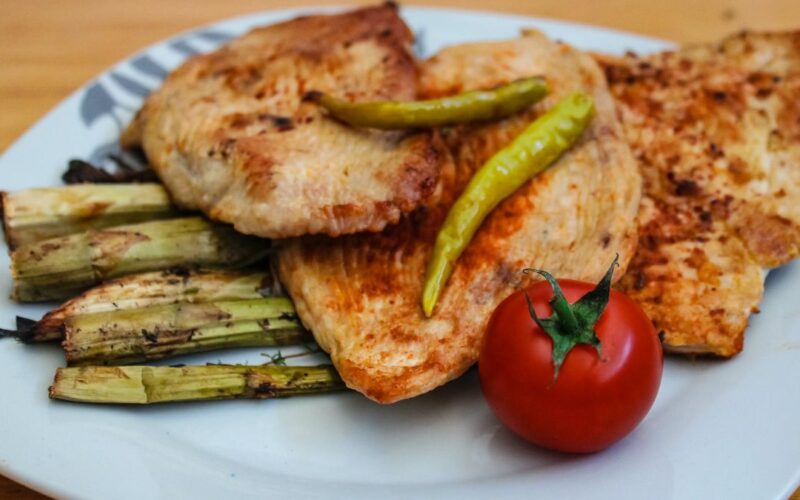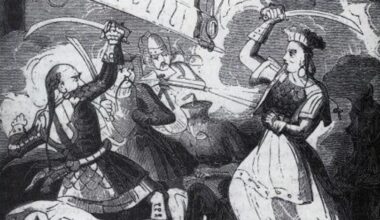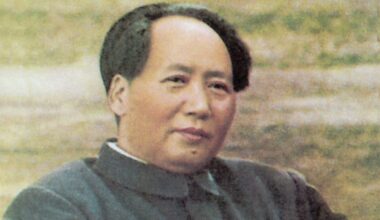The evolution of human diets throughout history is a captivating journey that unveils surprising insights into the foods consumed by our ancient ancestors. Delving into the culinary practices of early civilizations and prehistoric cultures offers a fascinating glimpse into the diverse and sometimes unexpected dietary habits of ancient people.
Paleolithic Diet
During the Paleolithic era, early humans primarily consumed foods gathered through hunting and gathering. Their diet consisted of wild game, fish, nuts, seeds, fruits, vegetables, and roots.
Surprising Element: Contrary to popular belief, the Paleolithic diet included a wide variety of plant-based foods alongside animal protein.
Mesopotamian Cuisine
In ancient Mesopotamia, one of the earliest known civilizations, the diet revolved around barley, wheat, dates, legumes, onions, garlic, and various meats, including beef and poultry.
Surprising Element: Beer was a staple in Mesopotamian diets, often considered a dietary mainstay rather than just a beverage.
Ancient Egyptian Fare
The ancient Egyptians relished a diet abundant in bread, vegetables like onions, garlic, and leeks, fruits such as figs and dates, alongside fish and various meats like poultry and beef.
Surprising Element: The consumption of garlic and onions was not just for flavor but also attributed to medicinal and religious significance.
Greek and Roman Culinary Traditions
The ancient Greeks and Romans incorporated a diverse array of foods like grains, olives, grapes, figs, honey, fish, poultry, and a variety of vegetables and herbs into their diets.
Surprising Element: The consumption of exotic spices was common among the elite, showcasing a penchant for luxurious and flavorful dining experiences.
Han Dynasty Diet in China
During the Han Dynasty, the Chinese diet primarily included rice, millet, wheat, soybeans, vegetables, pork, poultry, and fish.
Surprising Element: The widespread use of chopsticks, now an iconic utensil, was already prevalent during the Han Dynasty.
Incan and Mayan Cuisine
The Incan and Mayan civilizations thrived on a diet centered around corn, beans, squash, potatoes, tomatoes, chili peppers, alongside llama and guinea pig as protein sources.
Surprising Element: The ingenious agricultural practices of the Incas, such as terraced farming, supported the cultivation of diverse crops in challenging terrains.
Norse and Viking Dietary Habits
The Norse and Vikings relied on a diet comprising fish, meat (including beef, lamb, and pork), dairy products, grains like barley, and foraged foods like berries and nuts.
Surprising Element: Fermented foods like pickled fish and vegetables played a significant role in their diets, offering preservation and unique flavors.
Exploring the dietary habits of ancient civilizations reveals a rich tapestry of foods that formed the foundation of their cultures and lifestyles. These surprising elements in their diets challenge common assumptions and offer a nuanced understanding of the culinary practices that shaped our ancestral heritage.










